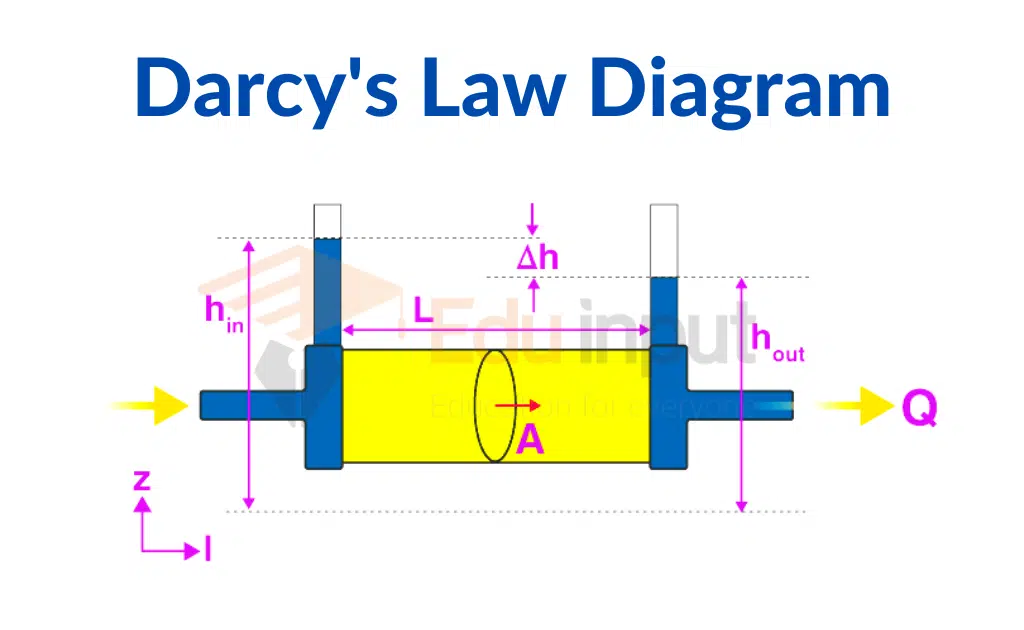What is Viscosity?-Definition, And Types
The fluid’s Viscosity is a measure of its resistance to change at a given rate. It matches the informal concept of “thickness” for liquids, for example, syrup has a higher viscosity than water.
What is Viscosity?
The internal frictional force between adjacent layers of fluid is quantified by the Viscosity. When a fluid is forced through a tube, it flows more quickly near the tube’s axis than it does near its walls.
Experiments show that a pressure difference between the two ends of the tube is necessary to sustain the flow. This is due to the fact that a force is needed to overcome the motion between the layers of the fluid. For a tube with a constant rate of flow, the strength of the compensating force is dependent on the fluid’s viscosity.
Viscosity Formula

Here
A area of each plate
Unit of Viscosity
These are some units of viscosity.
| SI Unit | Pascal seconds (Pa·s) or kg·m−1·s−1 |
| CGS Unit | Poise (P) |
Unit of Kinematic Viscosity
| Si Unit | square meter per second or m2/s |
| CGS Unit | Stokes (St) |
Types of viscosity
There are two types of viscosity
- Dynamic Viscosity
- Kinematic Viscosity
Dynamic Viscosity
In materials science and engineering, one is interested in understanding the forces and stresses involved in a material’s change of shape. Hook’s law says that the force experienced by a spring is proportional to the distance displaced from equilibrium, so if the material were a simple spring, the answer would be given.
Elastic stresses are caused by the change of material from a rest state to a rest state. The stresses in other materials can be attributed to the rate of change in the material. These are the types of stresses that are called sclerosing stresses.
In a fluid such as water, the stresses which arise from shearing do not depend on the distance the fluid has been sheared; rather, they depend on how quickly the shearing happens.
Kinematic viscosity
Kinematic viscosity is a measure of a fluid’s internal resistance to flow under gravitational forces. It is determined by measuring the time in seconds, required for a fixed volume of fluid to flow a known distance by gravity through a capillary within a calibrated viscometer at a closely controlled temperature.







Leave a Reply